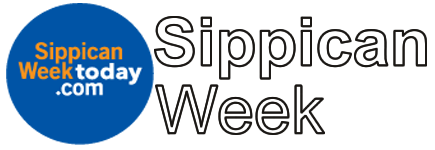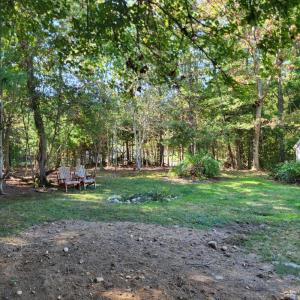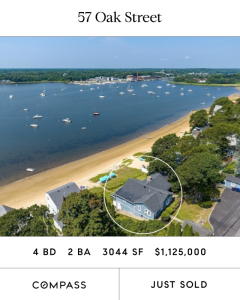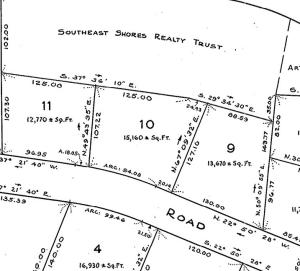In recent years, the Lloyd Center for the Environment Research Department has been sampling the moth community associated with beaches in Massachusetts. Last year, we surveyed South Cape Beach in Falmouth, and the large Westport Barrier Beach containing Cherry and Webb, Bakers Beach, and Horseneck Beach State Reservation. This season, grant funds from the Henry & Theresa Godzala Research Fund of the Rhode Island Natural History Society were received to sample similar habitats in Rhode Island. Study sites included Napatree Point Conservation Area in Westerly, managed by the Watch Hill Conservancy, and Goosewing Beach in Little Compton, managed by the Rhode Island Nature Conservancy. As usual, researchers set the ultraviolet light traps at sunset near beach vegetation such as Beach Rose which may serve as host plants for certain species, and retrieved the catch the following morning. The survey window took place from June 3rd to October 6th.
At Napatree Point Conservation Area there were two traps set on most visits, with over nine trap nights, for a total of 15 traps set at a choice of six potential stations. A total of 1,623 individual moths were sampled from 161 species, including six new records for the site. Along with the moth work, a side task at Napatree was occasional assistance with vehicle escorting along the beach due to the presence of unfledged piping plover chicks. Goosewing Beach, in addition to being a popular public beach and surfing spot, has a nature preserve that also includes beach fenced off for protection of Piping Plovers. Associated with the preserve are nearby Tunipus and Quicksand Ponds, two coastal ponds monitored for the Lloyd Center’s Annual Winter Waterfowl Survey, which may contain congregations of waterfowl such as Mute Swans, which were present in large flocks at Quicksand during these visits. In the low dune shrubbery there were Yellow–rumped Warblers and Palm Warblers passing through, which may also visit the Lloyd Center or nearby areas, and seaside goldenrod in full bloom, which is surely visited by Monarch butterflies during their fall migration. For the moth inventory, one station was used with one trap set each night, for a total of eight nights and samples. A total of 145 species and 1,422 individuals were documented, including seven new records for the site. On September 24th, the largest catch of 593 individuals was sampled on a warm night, mainly due to a huge catch (315) of the “Sand Cutworm”, (Euxoa detersa), a member of the large family of “Noctuid” moths. Another species documented at both Napatree and Goosewing is the “Coastal Heathland Cutworm” (Abagrotis benjamini), a listed species in both MA and RI, found in open sandy habitats along the coast. This work vividly depicts a core mission of Lloyd Center research, to shed light upon the levels of biodiversity that are present across a landscape increasingly prone to development, and ultimately the impacts of climate change. Tune in next season when the Lloyd Center research staff will surely be sampling more sites!



































